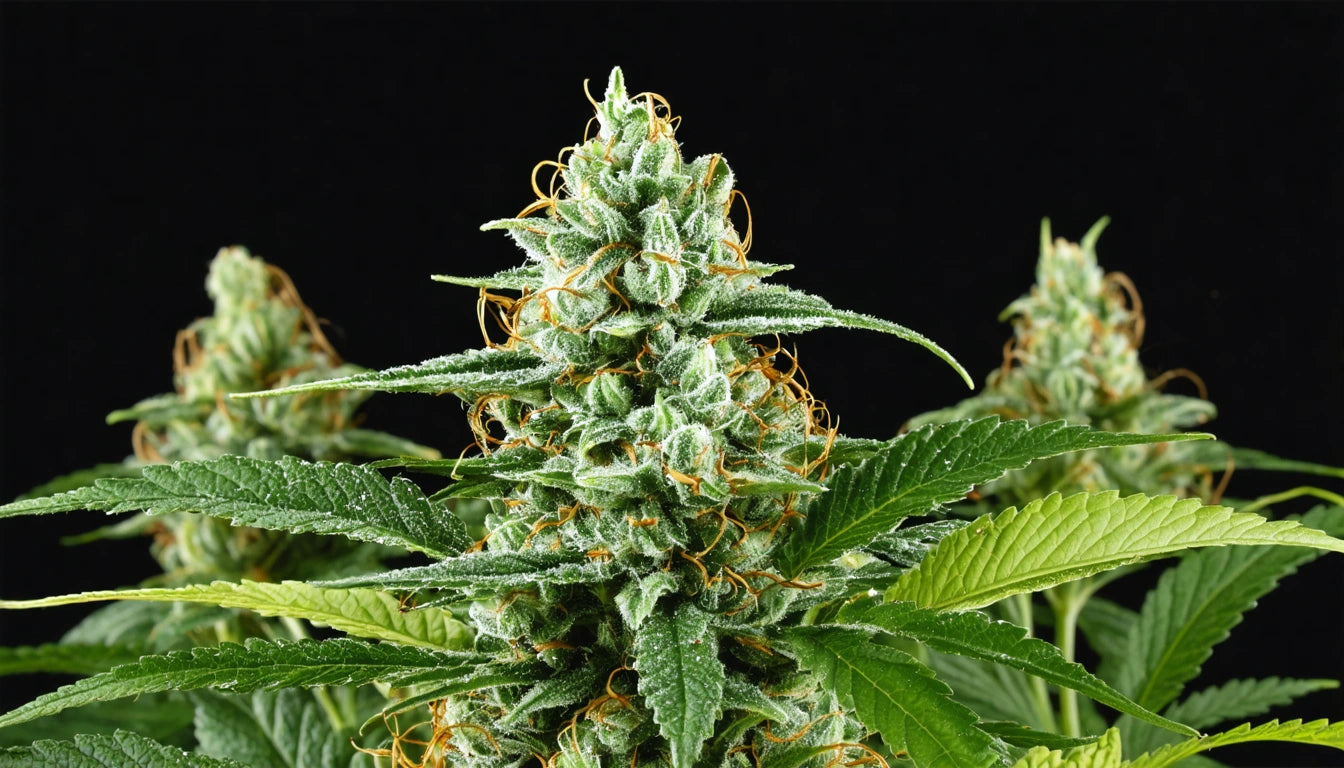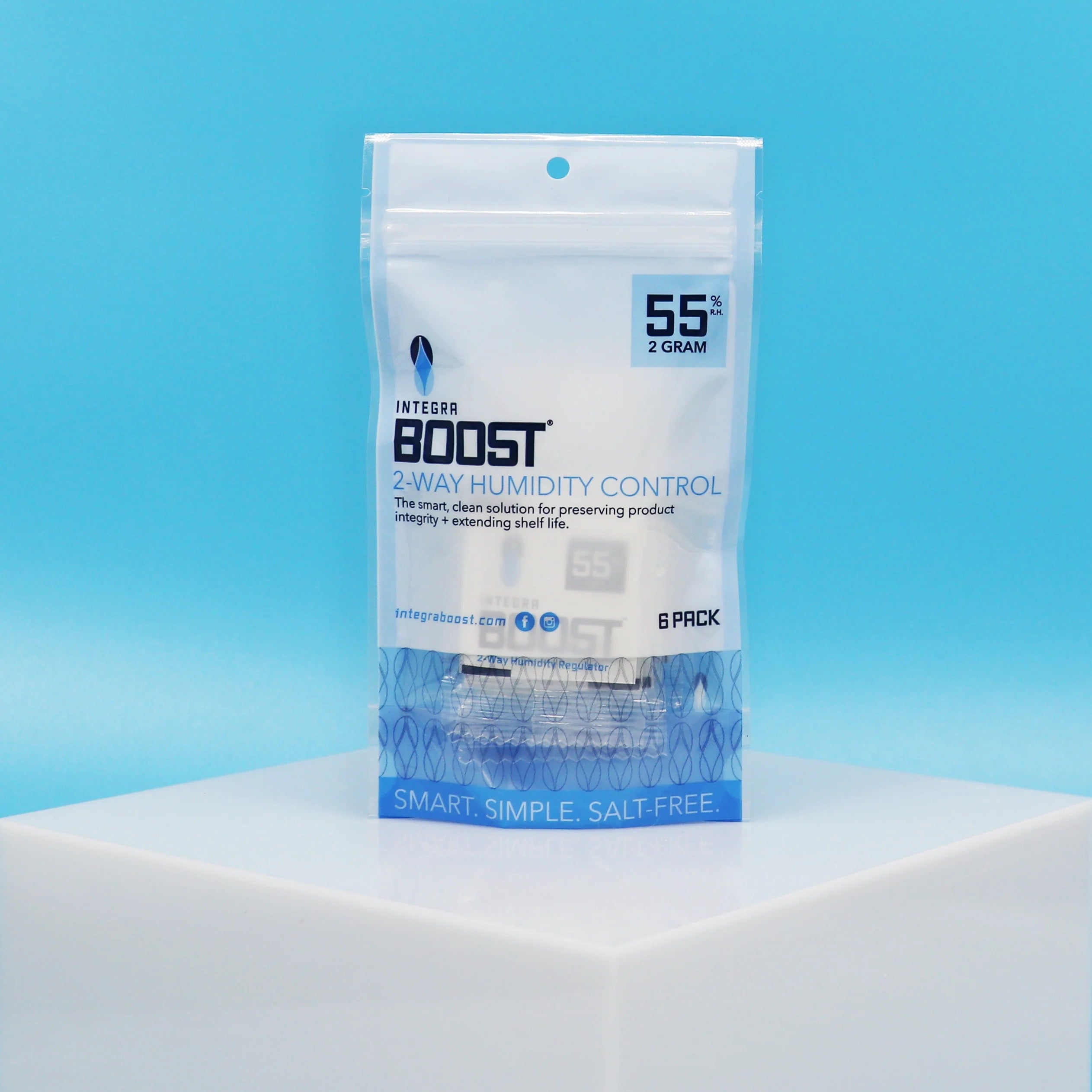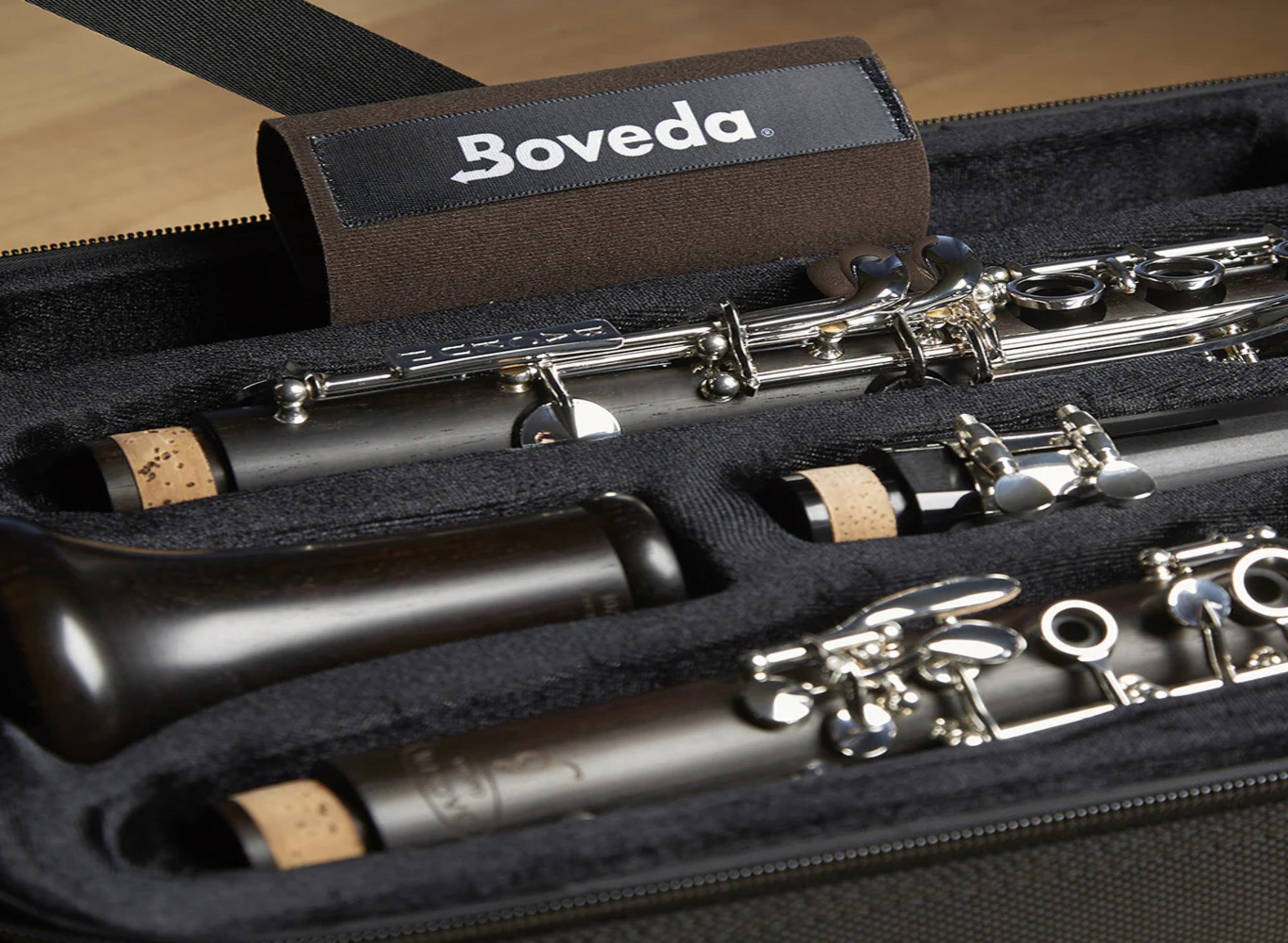Table of Contents
- When to Harvest Cannabis: Timing for Maximum Potency
- Visual Indicators Your Buds Are Ready to Harvest
- The Trichome Method: Most Accurate Harvest Timing
- Partial Harvesting: Taking Top Buds First
- Day vs. Night Harvesting: Does Timing Matter?
- Understanding Bud Development and Fattening
- Essential Tools and Techniques for a Successful Harvest
Ultimate Guide to Harvesting Cannabis: When and How to Pick Your Buds
Knowing when to harvest cannabis buds is perhaps the most crucial decision in the entire growing process. Harvest too early, and you sacrifice potency and yield. Harvest too late, and your cannabinoid profile changes significantly, potentially degrading THC content. This comprehensive guide will walk you through the precise indicators of readiness, techniques for optimal harvesting, and strategies to maximize the quality of your final product.
When to Harvest Cannabis: Timing for Maximum Potency
The flowering period typically lasts 7-9 weeks for indica strains and 10-12 weeks for sativa strains, with hybrids falling somewhere in between. However, these timeframes are just general guidelines. Optimal potency depends on monitoring specific plant characteristics rather than strictly following a calendar.
Several factors influence when to harvest your buds:
- Strain genetics and expected flowering time
- Growing conditions (indoor vs. outdoor)
- Desired effects (energetic vs. relaxing)
- Trichome development and color
- Pistil coloration and retraction
Monitoring these factors helps determine the perfect harvest window, which can span just a few days for maximum THC content.
Visual Indicators Your Buds Are Ready to Harvest
While precise tools provide the most accurate assessment, several visual cues can help you identify when buds are ready to harvest:
Pistil Observation Method
Pistils are the hair-like structures that protrude from the buds. Their color progression provides valuable insights:
- White/clear pistils: Too early to harvest
- 50-70% darkened pistils: Early harvest (more cerebral effects)
- 70-90% darkened pistils: Peak THC harvest window
- 90%+ darkened pistils: Late harvest (more sedative effects)
As cannabis matures, these pistils change from white to orange, red, or brown and begin to curl inward rather than sticking straight out.
Leaf Changes
Fan leaves yellowing and dropping is another indicator of maturity. As the plant redirects energy to bud production, nitrogen levels in leaves decrease, causing them to yellow. This natural process typically begins 1-2 weeks before optimal harvest time.
The Trichome Method: Most Accurate Harvest Timing
The most precise way to determine harvest readiness is by examining trichomes, the tiny crystal-like structures on buds that contain cannabinoids and terpenes. This requires magnification, as trichomes are not easily visible to the naked eye.
You'll need a jeweler's loupe, digital microscope, or at minimum a 30x magnifying glass. When examining trichomes, look for these stages:
- Clear trichomes: Not ready (low potency)
- Cloudy/milky trichomes: Peak THC production
- Amber trichomes: THC degrading to CBN (more sedative)
For maximum THC potency, harvest when most trichomes are cloudy but before they turn amber. For a more balanced effect, wait until 20-30% of trichomes have turned amber. Determining this perfect moment requires careful observation over several days.
To accurately weigh your harvest, precision digital scales are essential tools that help track yield and ensure consistent dosing in your final products.
Partial Harvesting: Taking Top Buds First
Many growers ask if they can harvest one bud at a time or practice harvesting top buds first. The answer is yes, and there are good reasons to consider this approach:
Benefits of Harvesting Top Buds First
- Top buds receive more light and typically mature faster
- Lower buds gain additional time to develop and fatten
- Staggered harvest can extend your supply
- Allows sampling different maturity levels for effect comparison
When harvesting top buds first, cut just above the next bud site you want to continue developing. This technique is particularly valuable for outdoor growers dealing with variable light conditions throughout the canopy.
Day vs. Night Harvesting: Does Timing Matter?
A common question is whether buds grow at night or day, and consequently, when the best time to harvest might be. Cannabis plants perform different functions throughout their daily cycle:
- Daytime: Photosynthesis and energy production
- Nighttime: Growth, repair, and resin production
Research suggests harvesting just before lights come on (end of the dark period) may maximize resin content as the plant accumulates terpenes and cannabinoids overnight. The debate between day and night harvesting continues, but many experienced growers prefer early morning harvests when plants have had all night to produce resin without terpene loss from heat.
Understanding Bud Development and Fattening
Knowing when buds start to fatten helps predict harvest timing. After the initial flowering stretch, cannabis typically follows this bud development pattern:
- Weeks 1-3: Pistil formation and initial bud sites
- Weeks 3-4: Buds begin forming structure
- Weeks 4-6: Significant bud fattening begins
- Weeks 6-8: Peak bulking for most indicas
- Weeks 8+: Final ripening and resin production
The most dramatic size increase usually occurs during weeks 4-6 of flowering, when buds can double or triple in size. Maximizing this fattening phase requires proper nutrition, adequate lighting, and optimal environmental conditions.
Essential Tools and Techniques for a Successful Harvest
When you've determined your buds are ready to harvest, having the right tools makes the process smoother and preserves trichome integrity:
- Sharp, clean trimming scissors or pruning shears
- Nitrile gloves to prevent resin buildup on hands
- Trimming trays to collect fallen trichomes
- Comfortable seating for longer trimming sessions
- Proper drying racks or lines
- Hygrometer for monitoring drying environment
The harvesting process itself should be gentle to preserve trichomes. Cut whole branches rather than individual buds when possible, and handle them minimally to avoid knocking off resin glands.
Remember that harvest is just the beginning of the post-production process. Proper drying and curing are equally important for developing flavor profiles and ensuring a smooth final product. By mastering the art of determining when to harvest your buds, you'll maximize both the quantity and quality of your cannabis.











Leave a comment
All comments are moderated before being published.
This site is protected by hCaptcha and the hCaptcha Privacy Policy and Terms of Service apply.